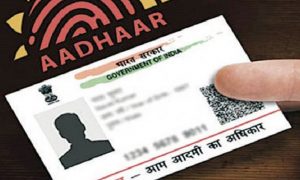The rocket will deliver the satellite into a Geosynchronous Transfer Orbit (GTO) from where it will be further taken up by firing the onboard motors.
India will send up its first second-generation navigation satellite on May 29 morning, using its Geosynchronous Satellite Launch Vehicle (GSLV) rocket, the Indian Space Research Organisation (ISRO) said on Monday.
For the first time, an indigenous atomic clock will be flown in the navigation satellite NVS-01.
According to the Indian space agency, the rocket GSLV-F12 carrying 2,232 kg NVS-01 navigation satellite is scheduled to lift off at 10.42 a.m. from the second launch pad in Sriharikota rocket port in Andhra Pradesh.
The rocket will deliver the satellite into a Geosynchronous Transfer Orbit (GTO) from where it will be further taken up by firing the onboard motors.
The ISRO said NVS-01 is the first of the second-generation satellites envisaged for the Navigation with Indian Constellation (NavIC) services.
NVS series of satellites will sustain and augment the NavIC with enhanced features.
This series incorporates L1 band signals additionally to widen the services.
The Indian space agency had used imported atomic clocks on all the nine navigation satellites it had launched earlier.
Each satellite had three atomic clocks.
Read More: Mumbai to Get India’s Longest Sea Bridge by May 26; To Reduce Travel Time Between THESE Places
It was said the NavIC satellites were performing well till the three clocks in IRNSS-1A — the first satellite — failed.
Sources in the ISRO had earlier told IANS some of the atomic clocks were not functioning properly. The clocks are used for precise time and location.
Simply put, the NavIC or formerly Indian Regional Navigation Satellite System (IRNSS) is similar to the GPS (Global Positioning System) of the US, Glonass of Russia and Galileo of Europe as well as China’s Beidou.





































